Trying to help our teams in South Sudan and Gaza is difficult, but I will do anything I can to support
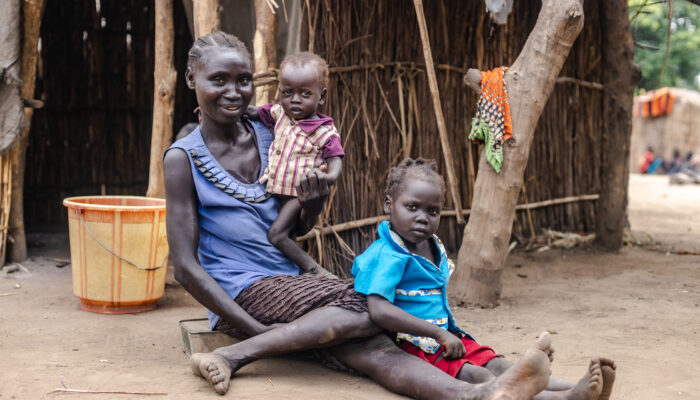
How does a day in your work look like?
Although I have been fortunate to travel to South Sudan twice, most of my working days are in the office in the Netherlands or in my house, as we can also work from home. One of the things I really like about my work is that not a day is the same and that there is always something unexpected that I have to deal with. Especially when working with and in contexts like South Sudan and Gaza. If I have to describe a ‘normal’ day, I would say I usually start the day with answering emails. I often have update calls as well on either the situation in a country more generally or more particularly, on a project that I manage together with the project teams in the countries. In addition, I have to stay up to date on the context in the countries, which in South Sudan and Gaza are constantly changing. Lastly, quite a significant part of my job is writing proposals and reports, as well as reviewing project documents. Occasionally, I also have meetings with other partner organisations that we as Save the Children are working with, mainly through the Dutch Relief Alliance, or with the Ministry of Foreign Affairs.
What are the main challenges you have to deal with in your daily work?
First of all, I thrive on challenges. I think that is very important when you do this kind of work. Dealing with challenges is part of my day-to-day work. The main challenge that I am working on at the moment is of course the current situation in Gaza, and how to support my colleagues in Gaza and the West Bank as much as possible with implementation, which is, as you can imagine, extremely difficult. I discuss with the country office what the best way of implementation is and how to adapt our program to ensure we give the support that is most needed. In addition, supporting the country office as much as possible, especially with Gaza, also entails bringing messages on the humanitarian needs and context in the Gaza Strip and West Bank to the public and the government in the Netherlands, which I do together with my advocacy and communication colleagues and the other organizations that we work with in this project.
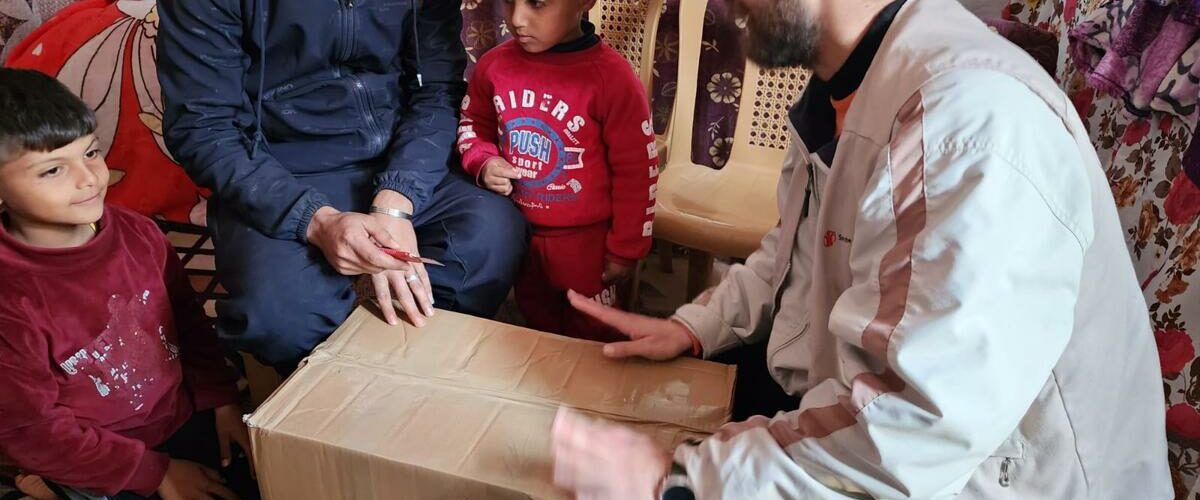
You are focused on projects in South Sudan and in Gaza, both extreme in terms of humanitarian need, what is the focus of Save the Children in these places?
Both in Gaza and in South Sudan, the extreme needs require a multi-sectoral approach. In addition, we work with local partners in both countries. This allows extending our reach to the hardest to reach communities, since our local partners have long established presence in the communities and are thus very knowledgeable on what kind of support is needed, and have a high sense of trust and acceptance within the communities. In Gaza, Save the Children aims to deliver multi-sectoral assistance to the people most affected by the conflict.
The response is divided in three phases: addressing immediate life-saving needs (phase 1), ongoing humanitarian needs (phase 2) and the medium and long-term recovery (phase 3). In South Sudan, we employ a multi-sectoral approach that blends long term and emergency interventions through providing services and system strengthening in the area of food security and livelihoods, health, nutrition, education, child protection, childrens rights and governance.
Our local partners have long established presence in the communities and are thus very knowledgeable on what kind of support is needed, and have a high sense of trust and acceptance within the communities.
How are DRA’s or Save’s programs developing in terms of localization and the Nexus, and how do you see the humanitarian situation in South Sudan and Gaza developing?
We tailor our response to the situation on the ground. This entails that in Gaza, we are implementing the three-phase response I mentioned before. We are currently in phase 1, which means fully focusing on immediate life-saving support, working extensively with our local partners. On the other hand, in South Sudan we provide as much as possible a combination of life-saving support with longer-term activities, including conflict sensitivity and peacebuilding activities, and are focusing on strengthening the systems, institutions and national/local organisations that are already present, in order to provide a durable response.
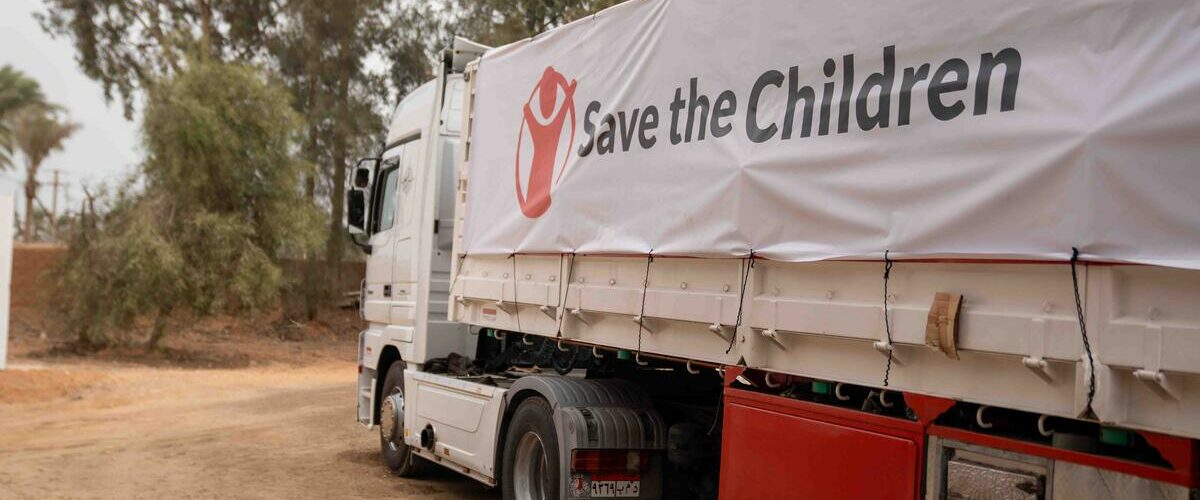
In a complex and volatile environment like South Sudan and Gaza, how do you prioritise competing needs and allocate resources accordingly?
We are working together with other organisations and with communities to prioritise needs, ensure complementarity, and develop targeting criteria. For example, within the South Sudan Joint Response, we based our program locations on the prioritisation exercise conducted by UNOCHA, focusing on high-priority locations. In addition, we did needs assessments and conversations with community representatives, local authorities, and other organizations implementing in the area, including the local organizations that we work with, to define the specific communities that we will support with the projects as well as the targeting criteria.
How do you ensure that your work maintains a child-centered approach in such difficult contexts?
We as Save the Children take the needs of children at the center of our response. We are globally focused on three specific breakthroughs for children by 2030:
- Survive: No child dies from preventable causes before their fifth birthday
- Learn: All children learn from a quality basic education
- Be protected: Violence against children is no longer tolerated
To inspire these breakthroughs, we focus on reaching the most deprived and marginalised children, and we ensure we develop our responses together with children. For instance, children worldwide have helped to create Save the Children’s 2022-2024 global strategy, and they are leading the way by sharing their experiences, needs and ambitions.
How do you see the future of children in such difficult places?
I believe in a world where every child grows up healthy, safe and educated – playing, learning and looking forward to a future filled with possibility and potential. Even though we are unfortunately still far from this, I believe it is important to keep this hope and ambition.
I believe in a world where every child grows up healthy, safe and educated – playing, learning and looking forward to a future filled with possibility and potential.
What is the role of the parents in these areas?
Parents are key to the personal development and safety of children. Therefore, we always target parents in our projects as well. We include them for example in the distribution of child protection and Gender Based Violence (GBV) prevention messages. In addition, through the provision of agricultural and livelihood support to parents, children don’t have to go to school hungry or stop their education to work to support their household.
We can conclude that the crisis in South Sudan is a ‘forgotten crisis’, how is Save the Children dealing with that?
Save the Children works hard to keep this crisis it on the radar of the public, donors and government. Even though South Sudan seems to be a ‘forgotten crisis’, we don’t forget South Sudan! 9 million people in this country are in need of humanitarian assistance. This amounts to 72% of the population. As one of the countries that is most affected by climate change and that is receiving the most refugees and returnees coming from Sudan, it is now more important than ever that we don’t forget the people in South Sudan! Unfortunately, we see that the donor community is staying behind (e.g. the UN response plan was only 48% funded in 2023), and we thus keep urging donors to not forget South Sudan.
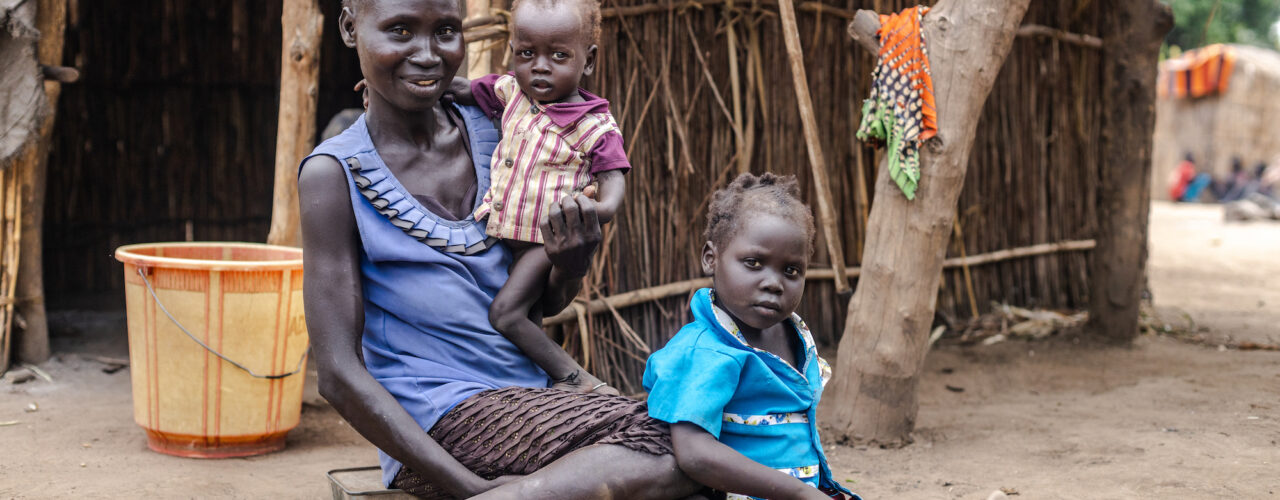
Did you travel to the countries that are in your portfolio and what are things that will stick to you?
Last year, I went to South Sudan twice, visiting the capital Juba as well as Wau and Malakal. What struck me the most was my visit to Malakal last year. The UN Protection of Civilians site (a site guarded by forces from the UN Mission in South Sudan) is home to around 37,000 displaced people, seeking protection from armed conflict. In addition, it is estimated that more than 500,000 refugees and returnees from Sudan have arrived in South Sudan since the devastating war in Sudan, many of whom arrived in or transited through Malakal, further increasing the burden on the limited services available. Safely from my laptop here in the Netherlands, I of course knew about these extreme numbers and needs. When arriving in Malakal I saw the hundreds of women and children who just arrived in Malakal with my own eyes. They were extremely hungry and many were showing signs of trauma and shock. No number on a screen could prepare me for that; it came so much closer and hit me hard.
What also stuck with me was that the humanitarian organisations in Malakal were still able to provide incredible support. The humanitarian workers were doing everything they could to support as many people as possible. They were overstretched and overwhelmed, but day in day out, they kept on working extremely hard to do everything they could possibly do to support children and their parents or caretakers.
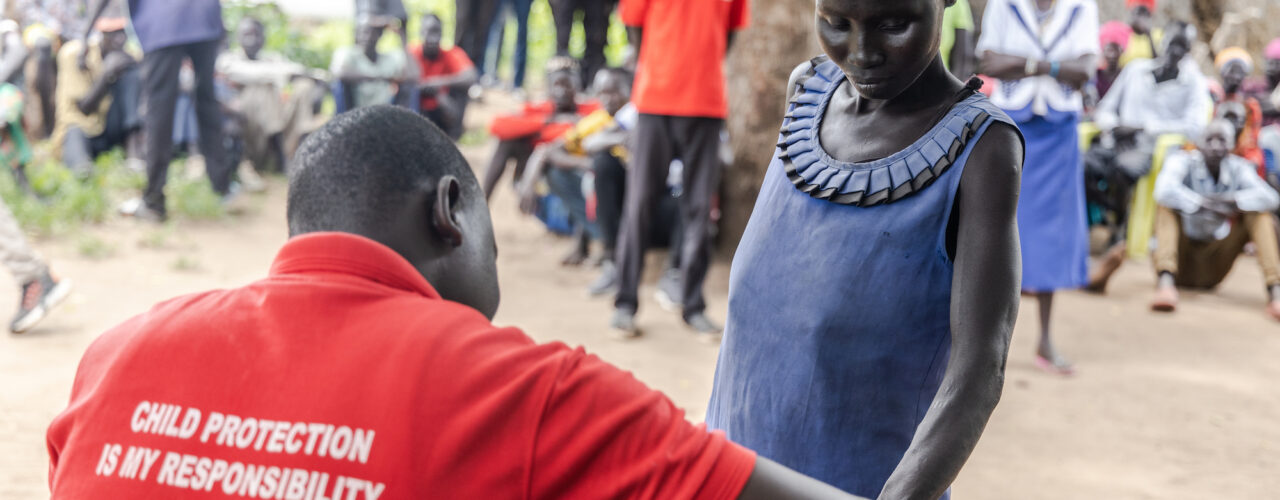
How do you deal with the feeling that you cannot help all the children suffering?
One thing I learned very quickly since I started working for Save the Children, is how resilient children are. To be honest, I sometimes do feel hopeless and powerless, especially when working in contexts like South Sudan and Gaza. However, when visiting projects I see that the children are still hopeful. They are playing, dancing and singing; and are trying to get as much education as possible, working on their own future. When I see that, I get hope again. As long as they have hope and are working on their future, I keep on having hope and will support them in any way that I can!
As long as they have hope and are working on their future, I have hope and will support them in any way that I can!
Where do you see that the programs can be improved and what are you proud of?
Working in countries such as Gaza and South Sudan is challenging. However, we constantly aim to learn, adapt and improve as an organization, and as a sector by sharing and learning with peers (KUNO is a great example of that). In the DRA South Sudan Joint Response for example, we found that the participation of children in our accountability system could be improved. Therefore, the partners who are taking part in this response worked together to develop child-led accountability tools and to make the accountability system more inclusive and child-friendly. As a result, we are now receiving more input from children throughout the project and are therefore better able to adapt our response based on the needs and wishes of children!
What is your dream for the future of the projects of Save in South Sudan and Gaza and the people you are assisting?
Peace and stability, so that sustainable development support led by local partners will be possible. And who knows, maybe one day we will live in a world in which every child attains the right to survival, protection, development and participation, and my job won’t be needed anymore. Although I find myself very fortunate that I can do this job, that would be my ultimate dream.
Read more about the work of Save the children in South Sudan here and about the project in Gaza here.
Author: Marianne Sijtsma
Date: 19th of June 2024
